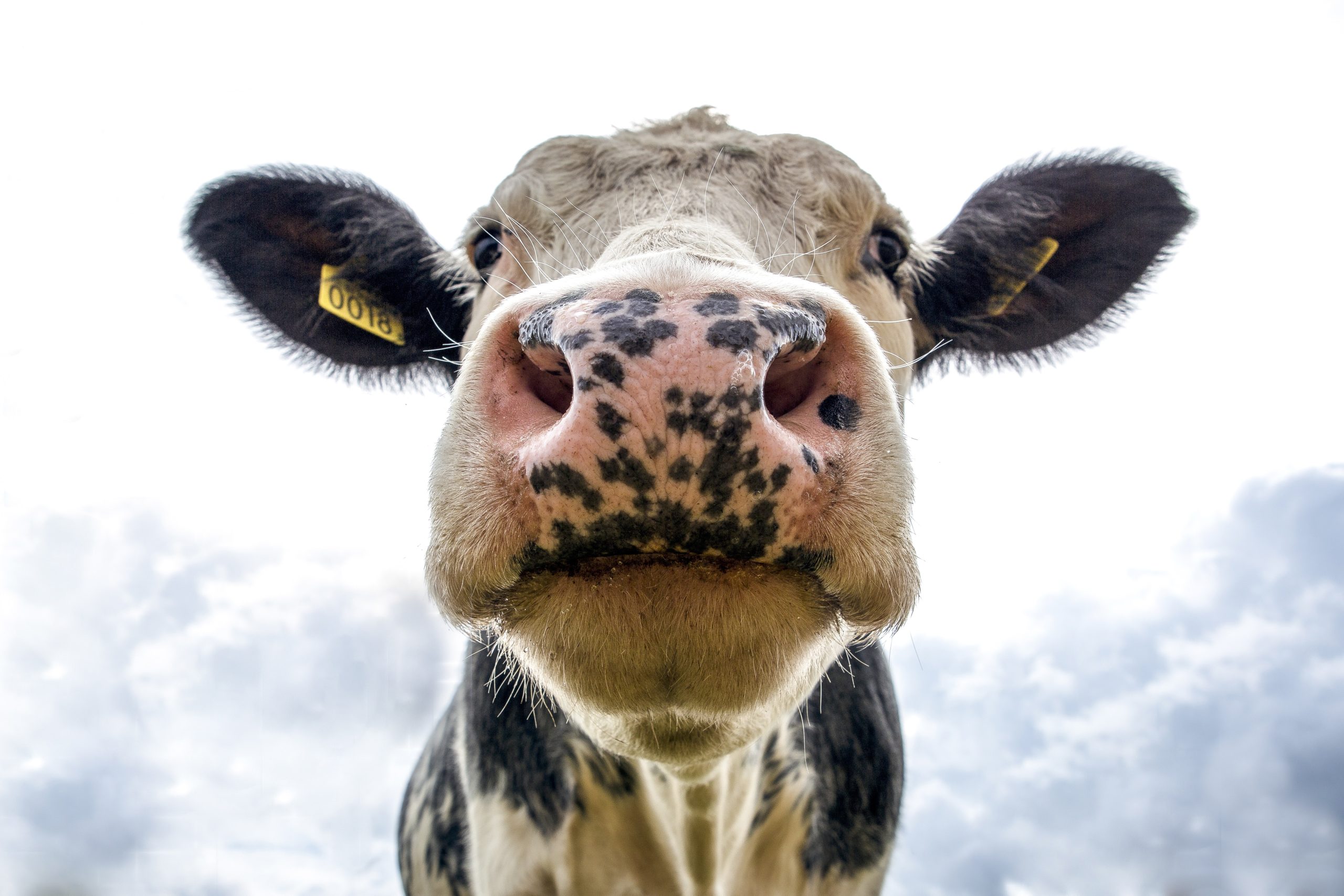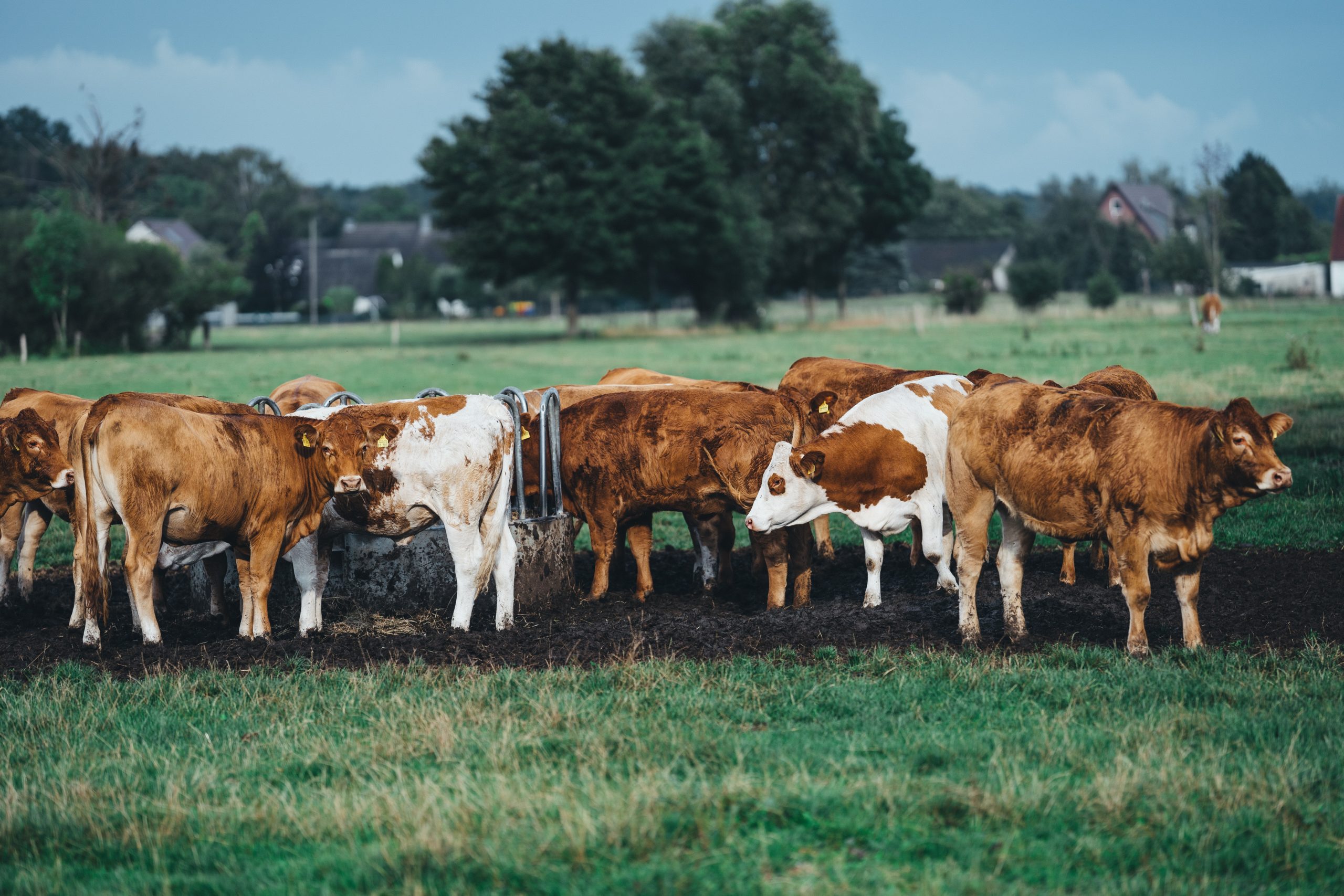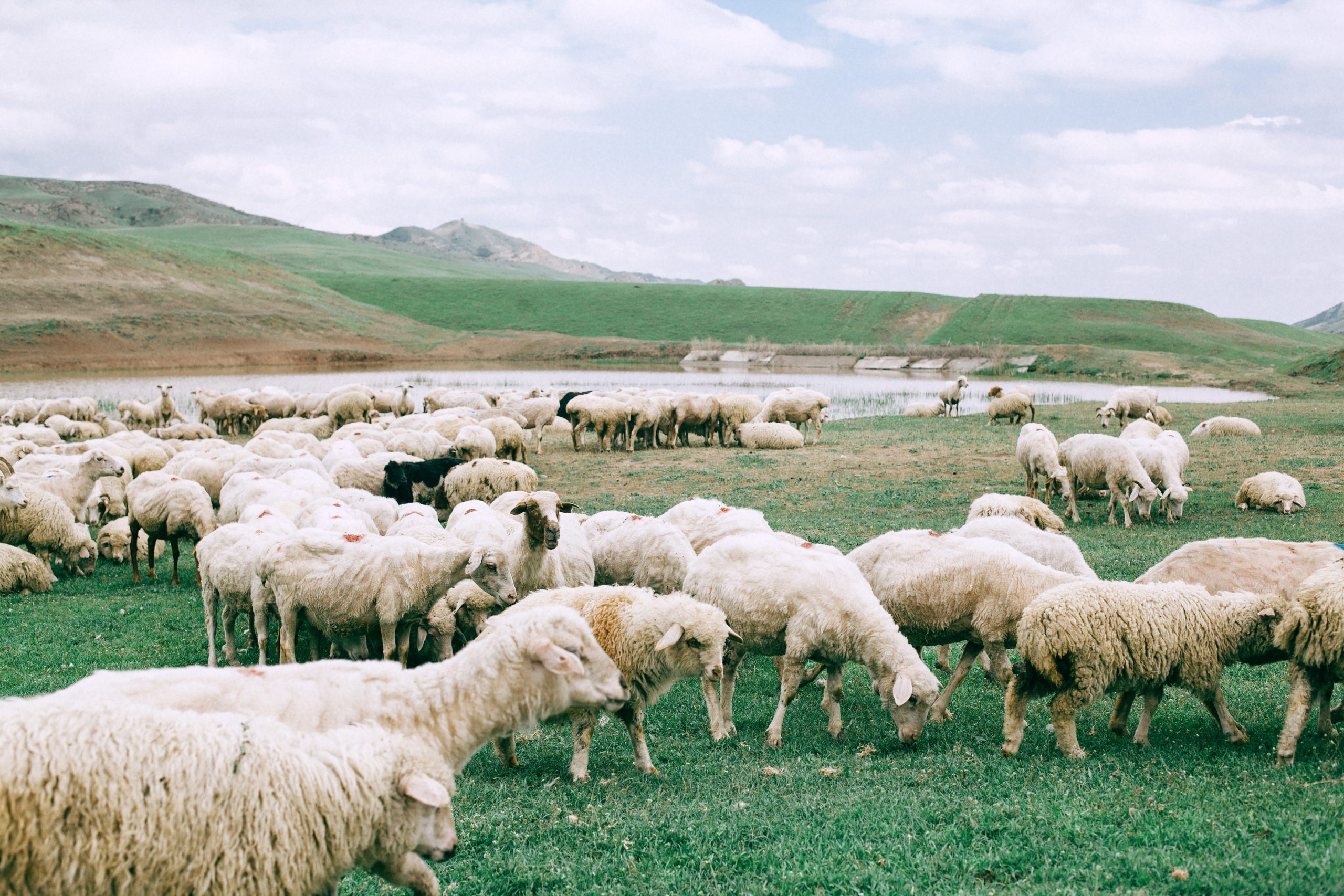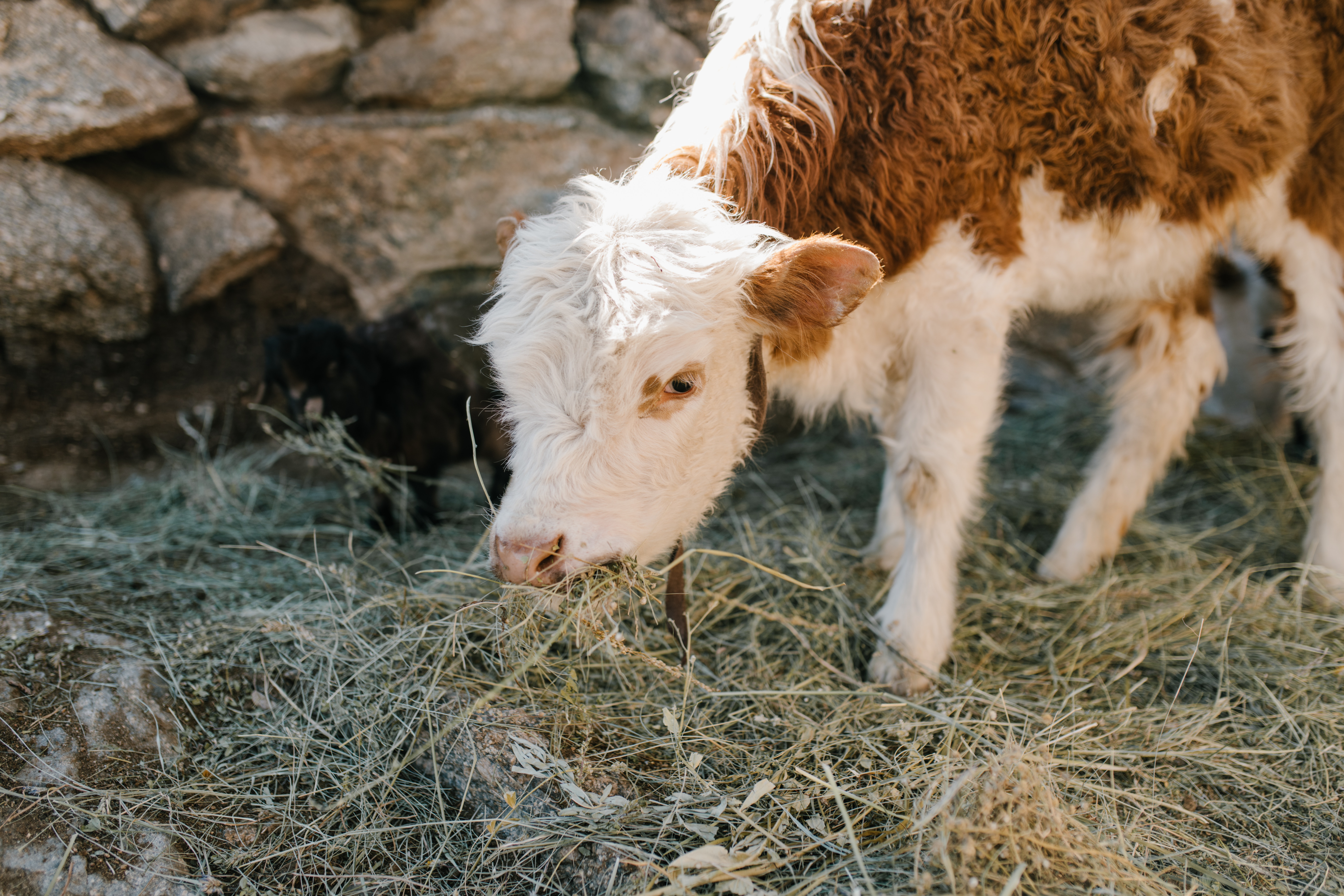Over recent years, drench resistance has been a continuously growing problem for sheep farmers, even to the newer ML class of drenches. A key component of current best practice for the management of resistance in sheep is the use of multiple actives administered at the same time. These are called combination drenches.
Now resistance is also looming as a real threat for cattle farmers, with ML resistance in cattle parasites present in western Victoria and especially in New Zealand.
In 2012, Merial Australia released eclipse®, the first dual action, broad-spectrum cattle pour-on developed specifically for Australian cattle producers.
What do combination drenches do?
By hitting the parasite population hard with two or more actives at the same time, combination drenches can:
- Slow down the development of resistance. It is much harder for organisms to develop the genes for resistance to two or more chemicals than for one. In the past it has taken around five years for the first cases of resistance to be reported after the release of a new drench. This can be extended to several decades if the new chemicals are used in combination.
- Be effective against parasites that have developed resistance to one or the other of the ingredients. That is, the chemicals can support each other. Even two chemicals that are not particularly efficient alone can combine to produce a good result.
What is eclipse®?
eclipse® Pour-On contains abamectin, a member of the macrocyclic lactone family of chemicals which is effective against sensitive strains of internal and external parasites. It also contains levamisole, a member of the imidazothiazoles family of chemicals, which is effective against roundworms, including lungworm.
eclipse® is indicated for the treatment and control of adult and immature stages of gastrointestinal roundworms, including strains resistant to macrocyclic lactones (ML or ‘mectin drenches’) or to imidazothiazoles (‘clear drenches’ such as levamisole).
It is also double the strength with a dose rate of 1ml per 20kg bodyweight.
Other strategies to delay resistance
- not drenching all cattle (usually adult cattle)
- not drenching too frequently (strategic drenching)
- using correct dose rates (not underdosing)
- increasing immunity by keeping cattle healthy
- pasture management, including alternating grazing with sheep
Drenching young cattle
It is difficult to determine exactly when parasite treatment is required, as this will vary with climatic conditions and worm survival times on pastures, grazing history, sowing methods etc. In addition, the use of worm egg counts is unreliable in cattle, unlike in sheep.
For this reason it is recommended that young cattle be drenched three times in their first 12 months, the first being at weaning and then in winter and spring. Heifers may also benefit from a summer drench to remove inhibited Ostertagia that live in the lining of the stomach to prevent an emergence in autumn and clinical disease (diarrhoea and weight loss).
Worm control coordinators recommend that farmers carry out worm checks on their herd, and include a combination product into their drench rotation to keep on top of the issue.
Other ML combination pour-on (also oral and injectable) cattle drenches are available in New Zealeand but not in Australia at this time.
Contributors: Boehringer Ingelheim
– Last updated 16 November 2012




